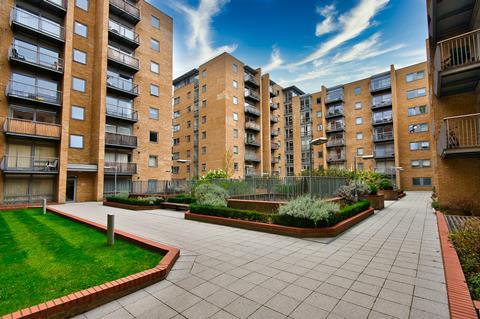Over the past year, health and wellbeing has been very much at the forefront of the public agenda. The London Plan, published in March, has references to the health and wellbeing of Londoners throughout, seeking to ensure that this sits at the forefront of planning decisions.

Mental and physical health is, to a large extent, determined by the environment in which we live and work. Transport, housing, education, income, unemployment, air quality, green space, climate change and social, cultural and community networks all have an influence on our health. Many of these factors can be shaped by the planning system, and the GLA, local authorities and developers all share a responsibility.
Previously, health and wellbeing, much like sustainability, might have been seen as a ‘bolt-on’ to a development or a tick-box exercise in the planning process. But the London Plan now states that those involved in planning and development must consider the health inequalities of Londoners through good design.
This includes promoting alternative and sustainable modes of travel, insulating against poor air quality, reducing noise, providing access to usable amenity space and creating communities within which to enjoy living and working.

We have all given consideration to life’s priorities this past year and will no doubt make future decisions on where we choose to live, shop and work based on these priorities.
So there is an added expectation that must be met by placemaking and new developments. Office and housing schemes that create a sense of community, adopt the mayor’s Healthy Streets approach and make health and wellbeing intrinsic in their design will be more sought after, more valuable and more successful – and ultimately will enable London to ‘build back better’ in its recovery from this unprecedented period.
Katy Davis is planning partner at Carter Jonas


























![Rob J Headshot[14]](https://d2bq2usf2vwncx.cloudfront.net/Pictures/380x253/8/5/5/1884855_robjheadshot14_607979_crop.jpg)



No comments yet